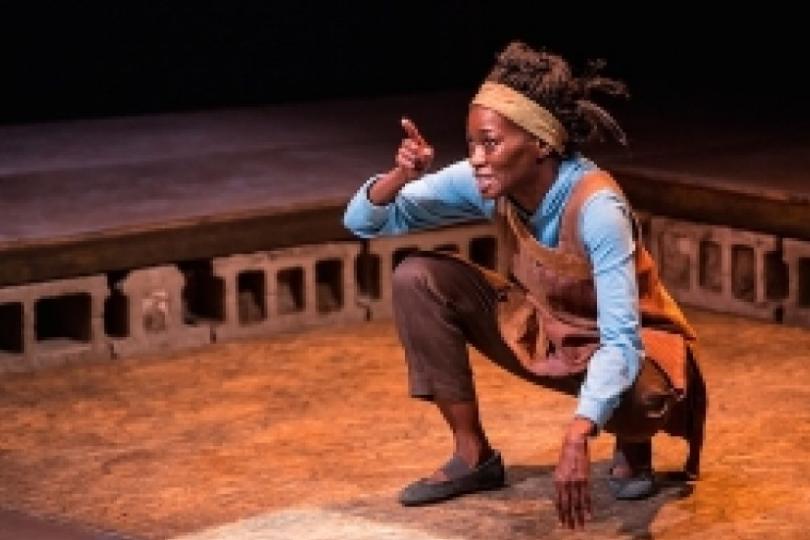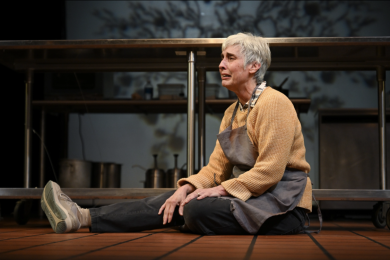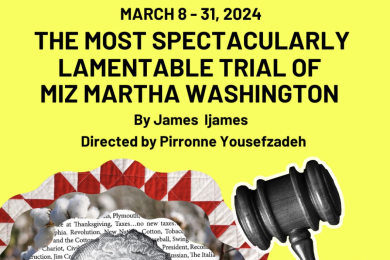It’s easy to forget how aberrant the last century and a half has been, historically speaking. For 11,850 years or so, pretty much everyone was a farmer and much of human economic, religious and educational concern centered on growing food, frantically praying the food would make it to harvest, and transmitting the knowledge of how to grow food to whichever of the village’s children survived to age six.
Describing life in these terms seems funny to us now, of course, because around 150 years ago things began to change more than anyone could have imagined. Among those changes were technological innovations in agriculture that increased yields by leaps and bounds. We live in a time of plenty.
There are also plenty of people to feed. Those amazing innovations also reduced the number of people involved in farming, meaning they booted millions of people out of the one reliable job that could feed their families. Agriculture became another economic sector rather than the central activity of civilization. Farming communities worldwide were decimated and it unleashed chaos—most of which is ongoing. We are isolated from the unpleasant parts because America altogether is the most dizzyingly wealthy country in all of history (even though most of us individually are not). As a rule, the dizzyingly wealthy don’t dwell upon the deeply unpleasant things that help them be rich.
Nevertheless, only thanks to systemic exploitation of poor people in poor countries do we have cheap bananas year round. And it’s only thanks to systemic exploitation of poor people from poor countries in American fields and packinghouses do we have much of anything to eat. I have everything I have and you have everything you have mostly because we are lucky enough to benefit from the misery of a whole lot of people we will never see. Feeling blameless is a luxury item.
Enjoy your fussbudget, paleo, gluten-free Pinterest recipe boards while you can is what I’m saying.
Let’s go see a children’s play!
It was in this mindset (and I have worked with a lot of nonprofit organizations focused on these issues, so I’m in this mindset most of the time) that I attended
Seedfolks at Children’s Theatre Company. If you go, and I encourage you to do so (it runs until Nov 16), I ask you to keep all these things in mind. At 65 minutes,
Seedfolks isn’t a long show, but it is bursting with enough economic, political and cultural ideas to unpack for days. Sit up straight. Pay attention.
My only substantive complaint about
Seedfolks is that it isn’t three times longer and aimed at adults. It is children’s theater and, as children’s theater, it’s great and the kids who were there seemed to dig it well enough. I didn’t see much squirming in my peripheral vision and didn’t hear any requests for a coloring book, and that’s the way I gauge how well children’s theater is holding children’s attention.
Seedfolks story begins with a little Vietnamese girl who lives in a rough, working-class neighborhood in Cleveland. The girl longs to have a connection with the father who died before she was born. He was a farmer. So she grows beans in a dirty vacant lot. It gets the attention of her neighbors and inspires them to create a community garden.
We are introduced to the whole neighborhood, an exceptionally diverse crew by any measure: gender, age, color, immigration status, marital status and religion. Poverty is the only thing they have in common. Sonja Parks plays this myriad of characters and jumps between them by often low-key but always distinct changes in her physicality and speech.
In the hands of less restrained actors, it’s the kind of staging that easily veers into, “Look at my range! I’m doing accents! I put this tremor in my left hand so you’d know I was old! I’m AAAAAACTING!!!” Parks is a fine and unpretentious actor, however, and she develops true characters on their own merit. Even while tackling so much so quickly, Parks and director Peter C. Brosius use wonderfully light touches, both in intensity and in pacing.
Every element of the production is absolutely solid: Victor Zupanc’s music and Joe Chvala’s choreography stood out for me as expressions of purest happiness. Dialect coach D’Arcy Smith deserves some nerdy praise. Some details in Parks’ accents—American ones in particular—are treated with a care that only language dorks may notice. The prissy linguist inside me never once wanted to scream, “NO ONE ACTUALLY TALKS LIKE THAT.” This is enormously high praise for Smith. I heard
allophones, people—and
I think they were intentional!
(Side note: The worst one-person show I’ve ever seen was in Montreal. After I sat through every acting trick dude could yank out of the abyss, he replayed his finest bits in
joual, Montreal’s working-class French. It was horrid. He was Sonja Parks’s evil twin.)
Inspiration, not naïveté
Seedfolks presents an idyllic portrait of urban farming and activism. These people have their problems, none are terribly difficult to overcome—but neither is this supposed to be a gritty look into the underbelly of Cleveland’s civic politics. If you see
Seedfolks, the ending might feel a bit tidy and unrealistic. And, sure, I flagged more than one plot point for oversimplification.
But that’s immaterial. Because the super weird thing is, the real-world ideas
Seedfolks is based on are often as radically successful at building community as the script makes it seem. Community gardens and other like-minded innovations cannot be dismissed as an expression of the white, liberal middle class’s vanity. They are legitimate social movements worthy of serious attention, and they answer questions that millions of Americans will soon start asking. If you leave the theater without some inspiration, you should probably see a therapist (or political scientist) about your cynicism.
Seedfolks is based on a simple observation, one that’s difficult to make in today’s political climate, but one that holds within it a large amount of good sense and humanity: People wish to be useful more than they desire to be rich. We are hardwired to make meaningful contributions to the lives of those around us. And the sooner we defend that simple truth, the sooner we can start fixing a whole lot of messes.





